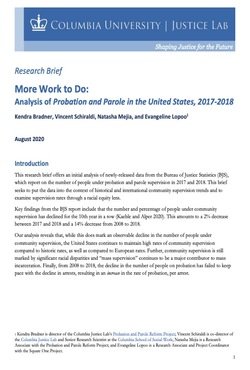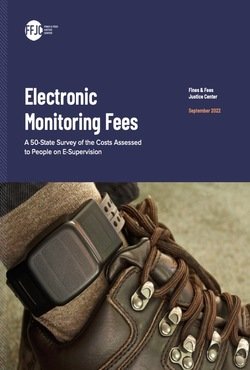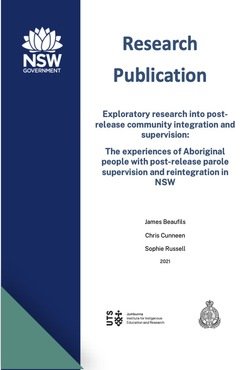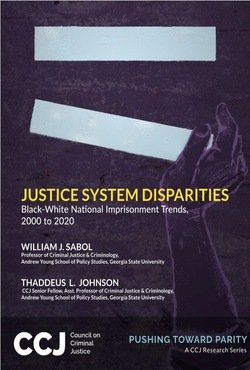By Matt Tidmarsh
The meaning of terms like ‘profession’, ‘professional’, and ‘professionalism’ are disputed. In a probation context, however, such contestation is seldom acknowledged; when mentioned, debates on ‘professionalism’ typically refer to what the service has allegedly lost. This literature typically draws on the ideal-typical tenets of professional status to highlight attempts to change probation’s ideology of service (Robinson and Ugwudike, 2012); erode its knowledge, education, and training (Farrant, 2006); and constrain its autonomy over work (Fitzgibbon, 2007). The alleged demise of ‘professionalism’ was crucial to the mobilisation of the Transforming Rehabilitation reforms to probation in England and Wales. Professionalism in probation, it was argued, had been stifled by government interference; restoring it by establishing markets for low-to-medium risk offenders was vital to attempts to create an efficient, cost-effective service (Ministry of Justice [MoJ], 2010, 2013). However, the detrimental impact of Transforming Rehabilitation on probation has been widely observed (e.g. HM Inspectorate of Probation, 2020a; National Audit Office [NAO], 2019; Tidmarsh, 2021a). For example, then-Chief Inspector of Probation Dame Glenys Stacey described how a transactional model of probation was ‘fundamentally flawed’ (HM Inspectorate of Probation, 2019a: 89). Indeed, the manner in which Transforming Rehabilitation ‘downgraded’ and ‘diminished’ the profession (HM Inspectorate of Probation, 2019a) influenced the decision to return probation services to the public sector, in June 2021
-
(HM Prison and Probation Service [HMPPS], 2021). A commitment to enhancing ‘professionalism’ by improving the skills, knowledge, and standards of the workforce is, once again, a central theme in yet more probation restructuring (HMPPS, 2020a, 2020b, 2020c). This Academic Insights paper, therefore, reviews the academic literature on ‘professionalism’ and applies it to probation. In particular, it highlights the opportunities provided by probation unification to better embed professionalism within the service.
Manchester, UK: HM Inspectorate of Probation, 2022. 18p.





















